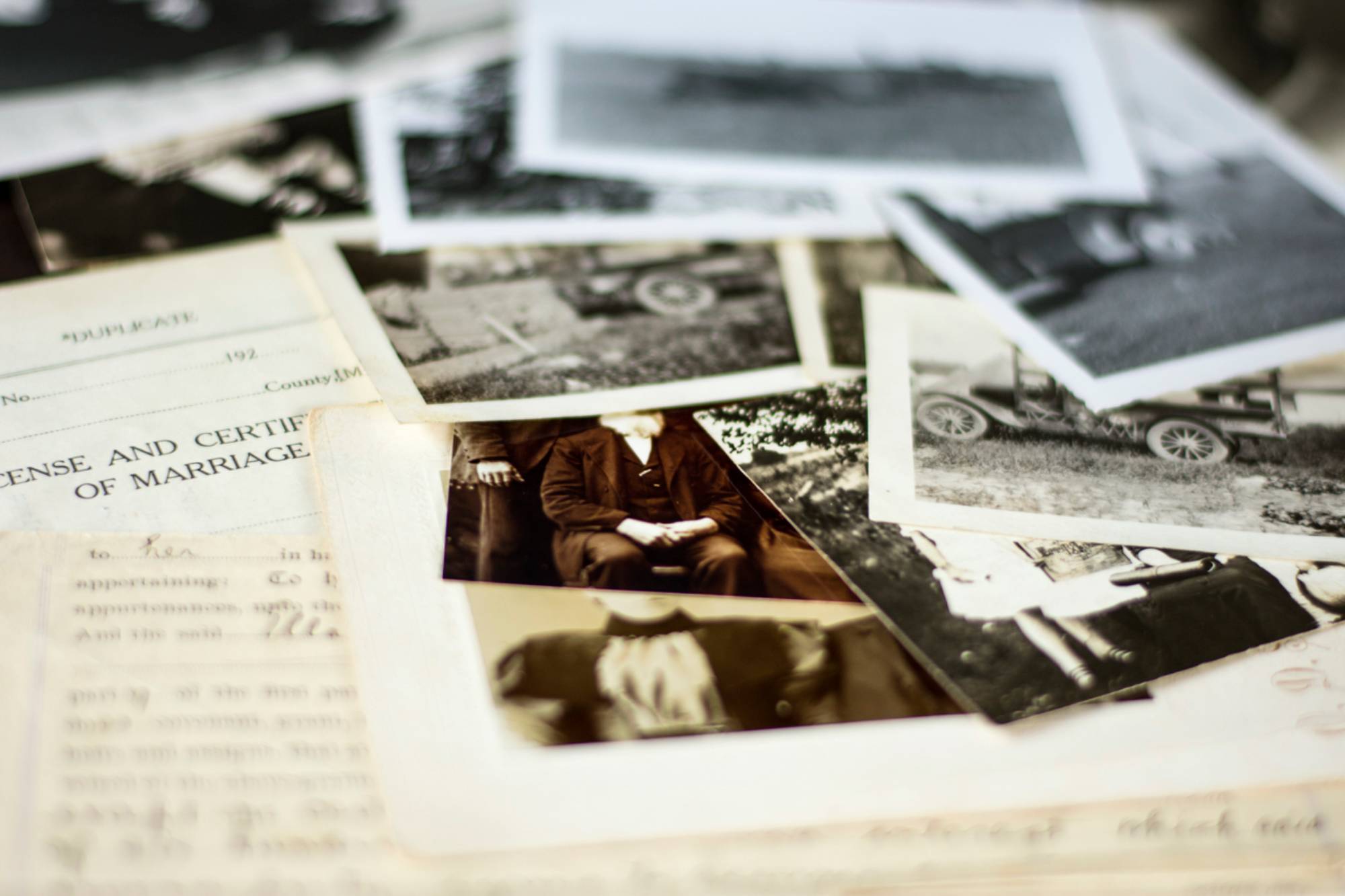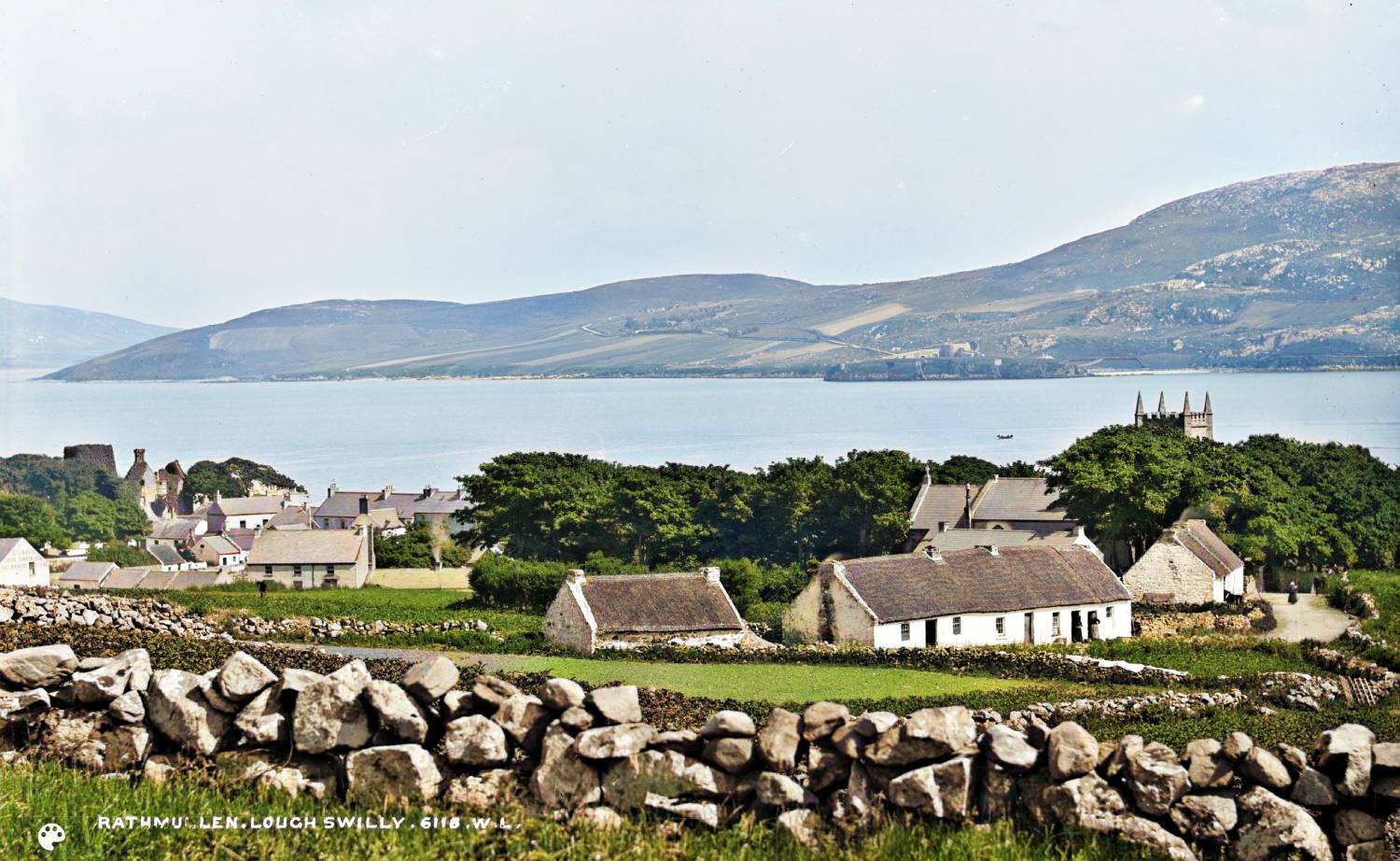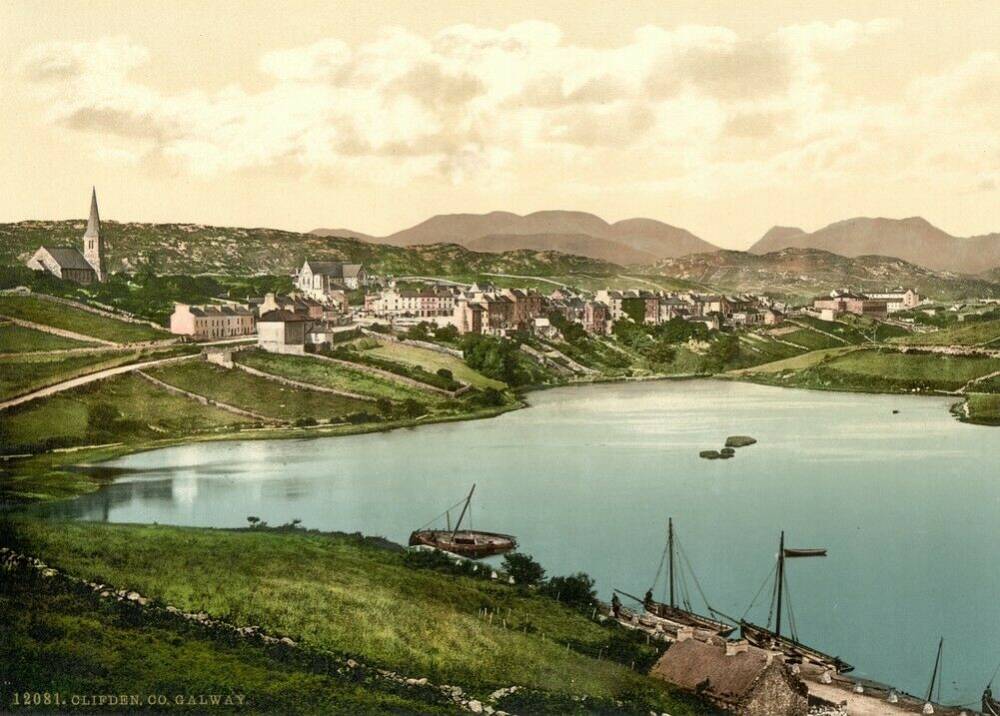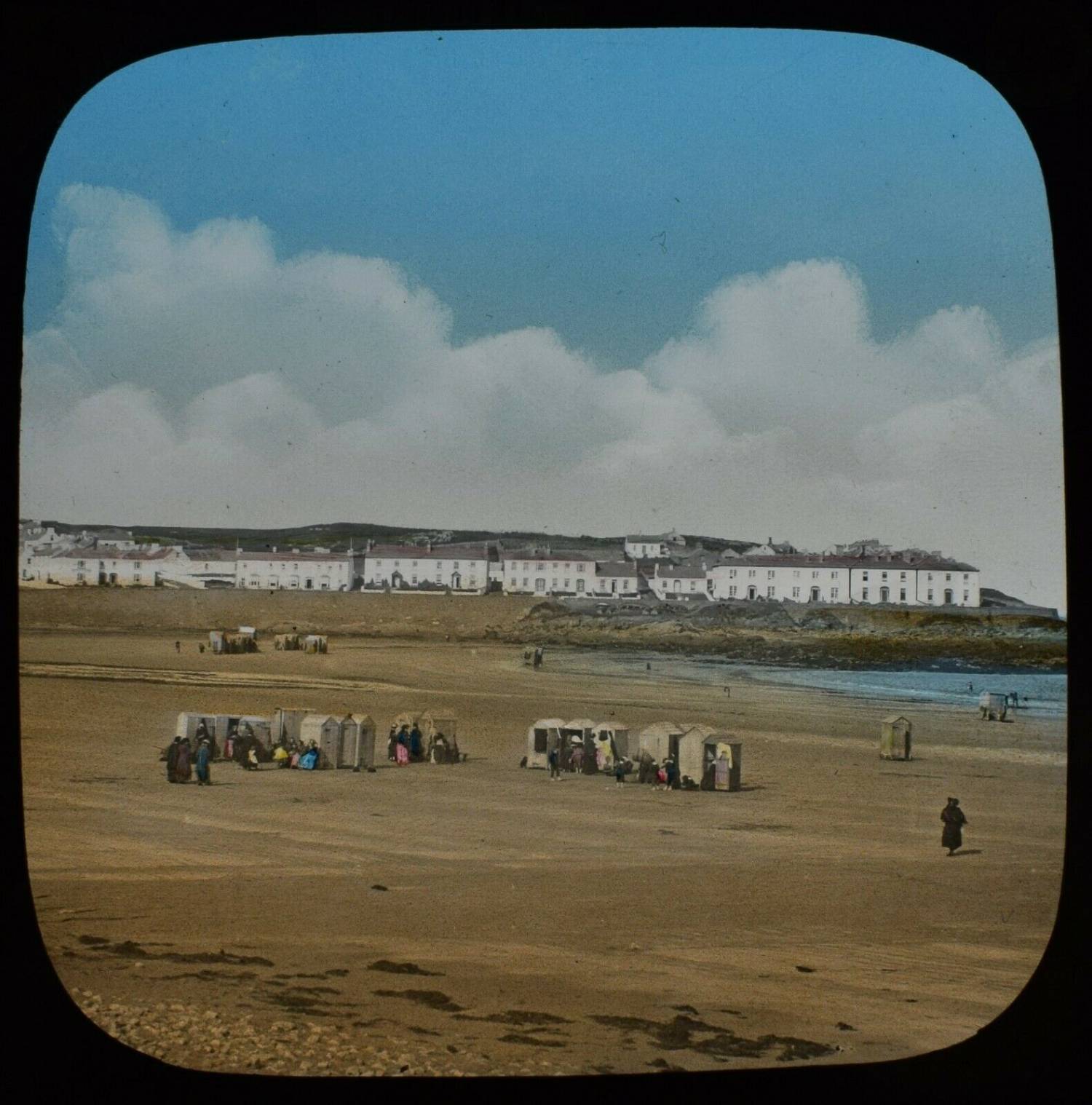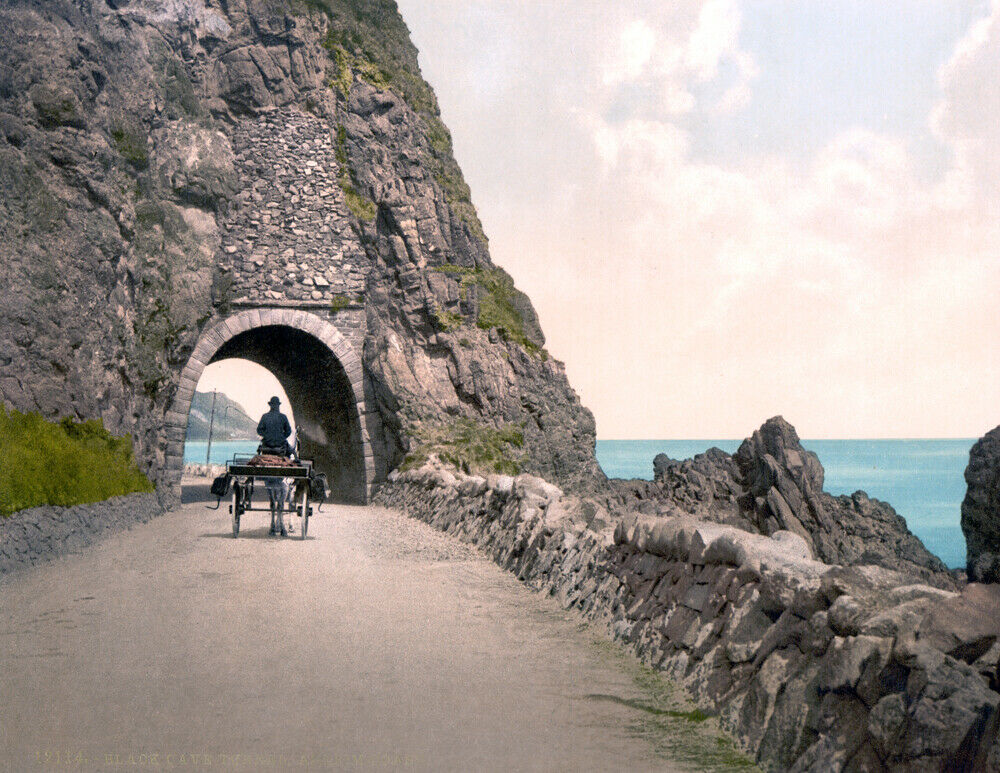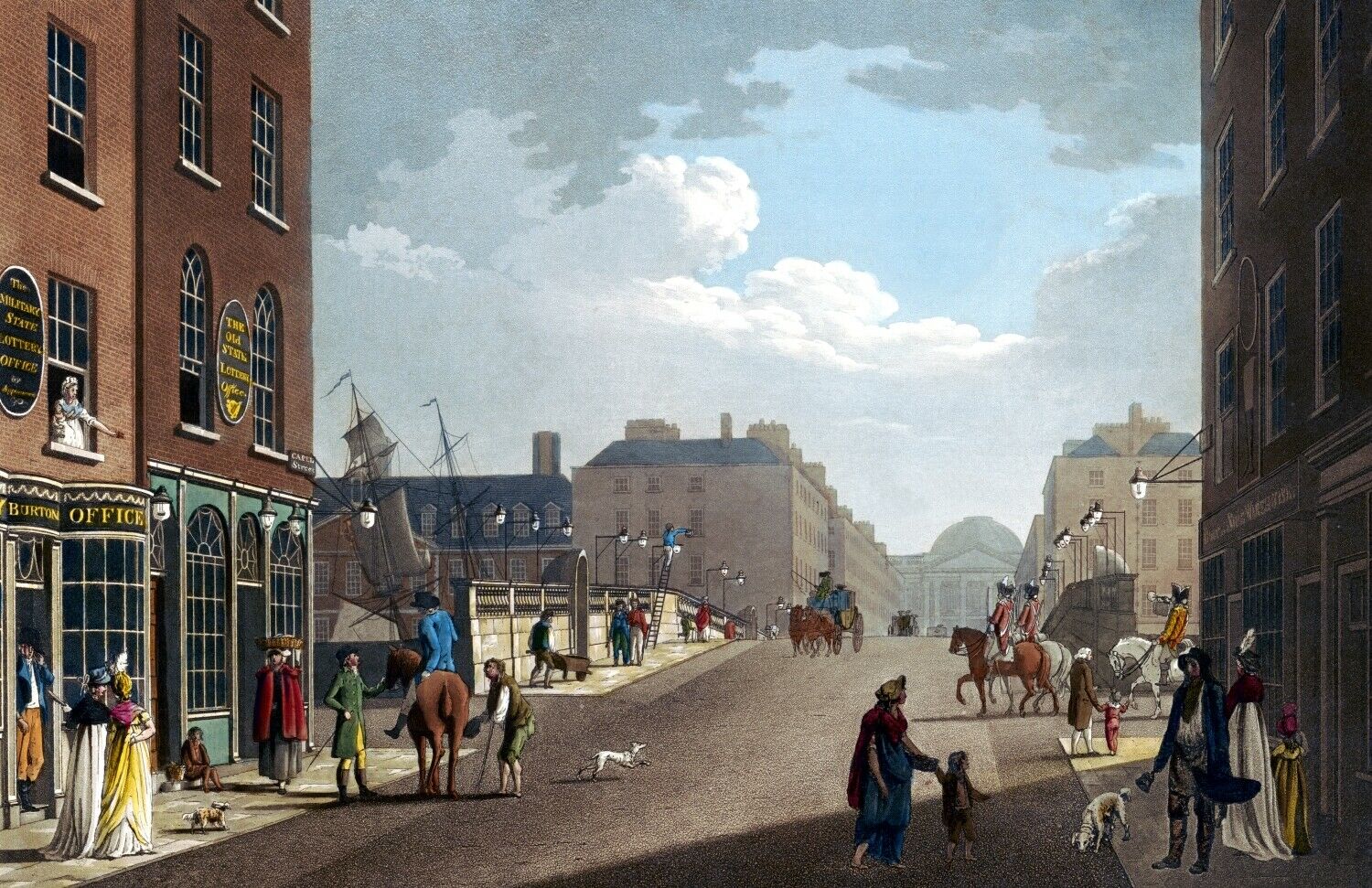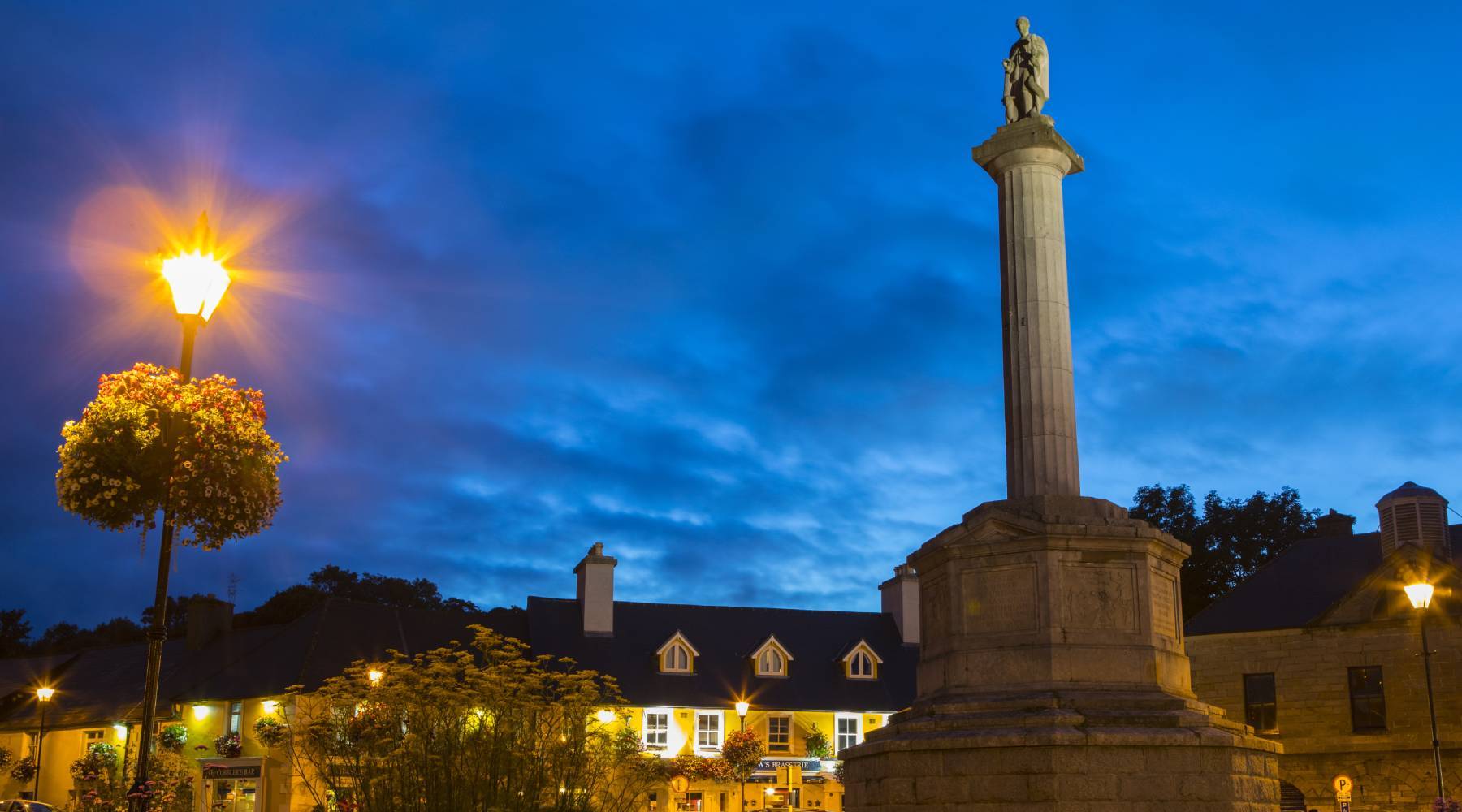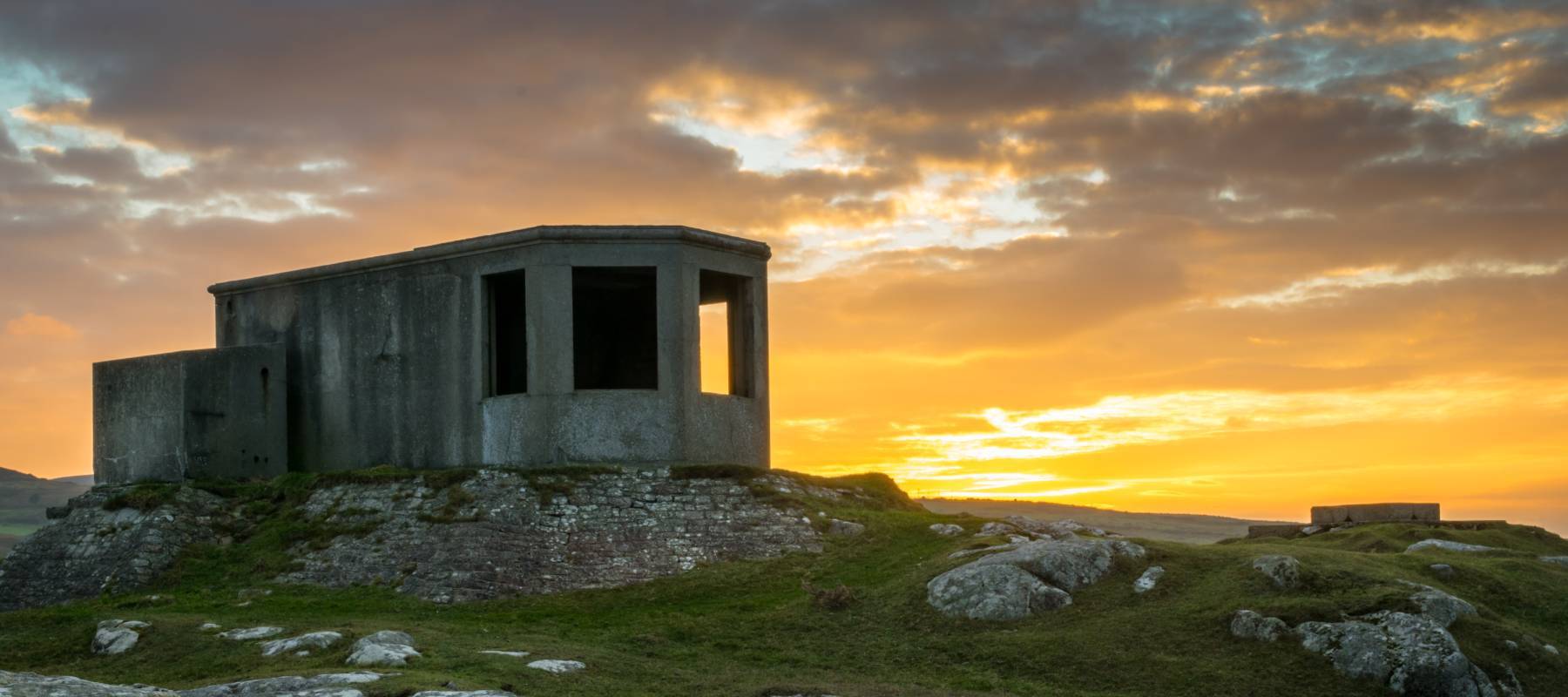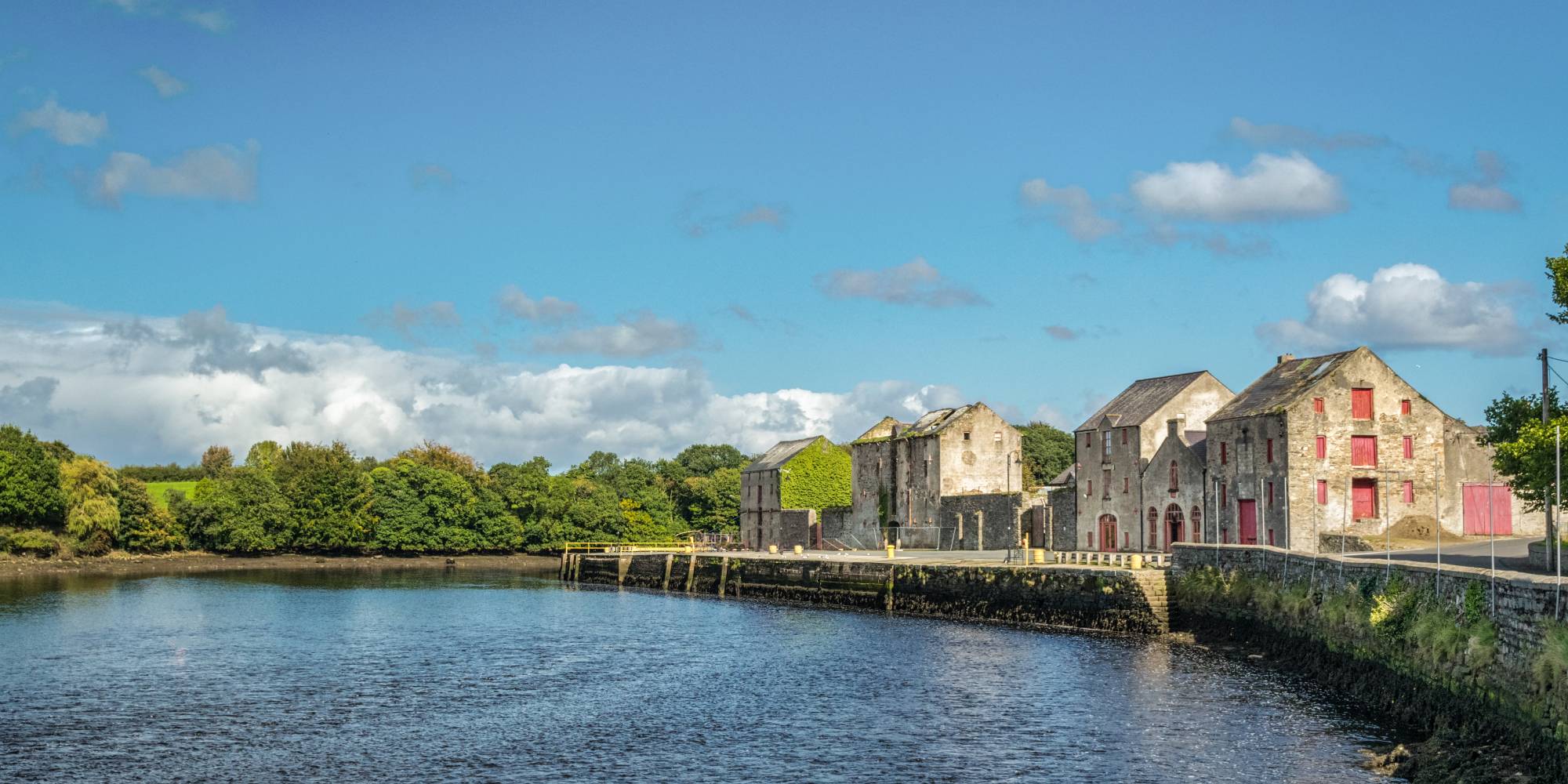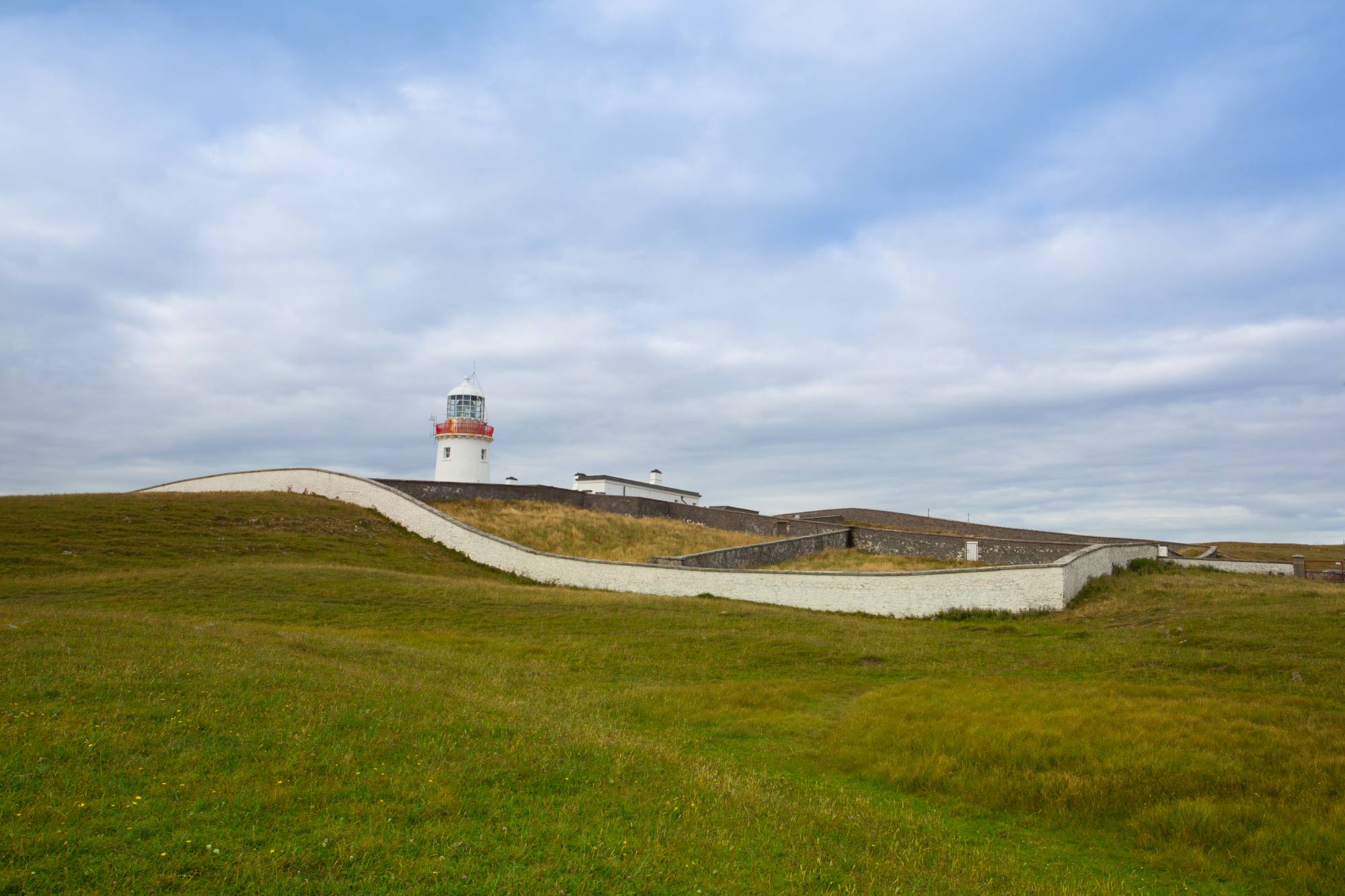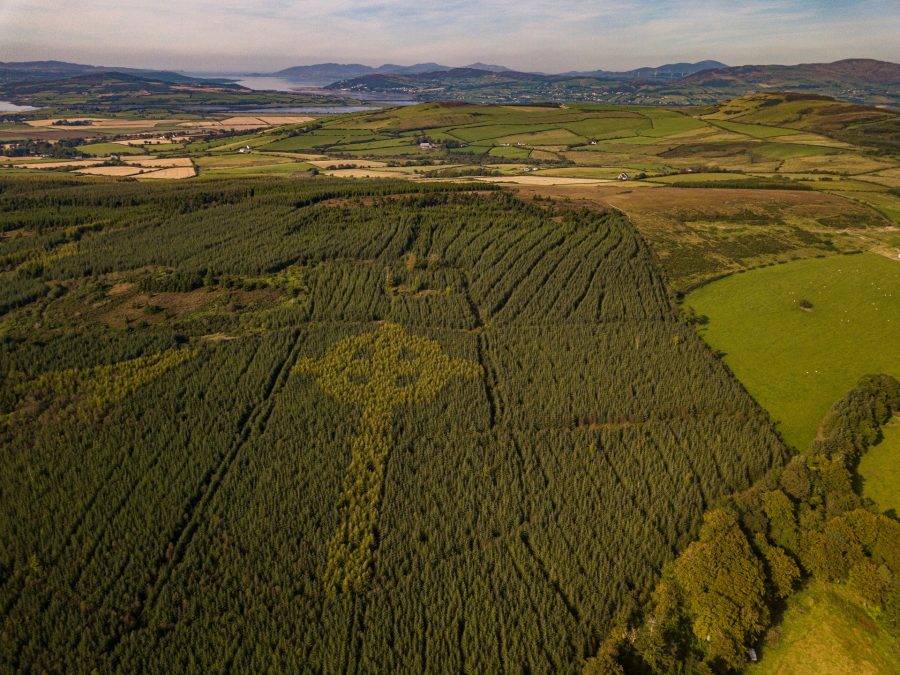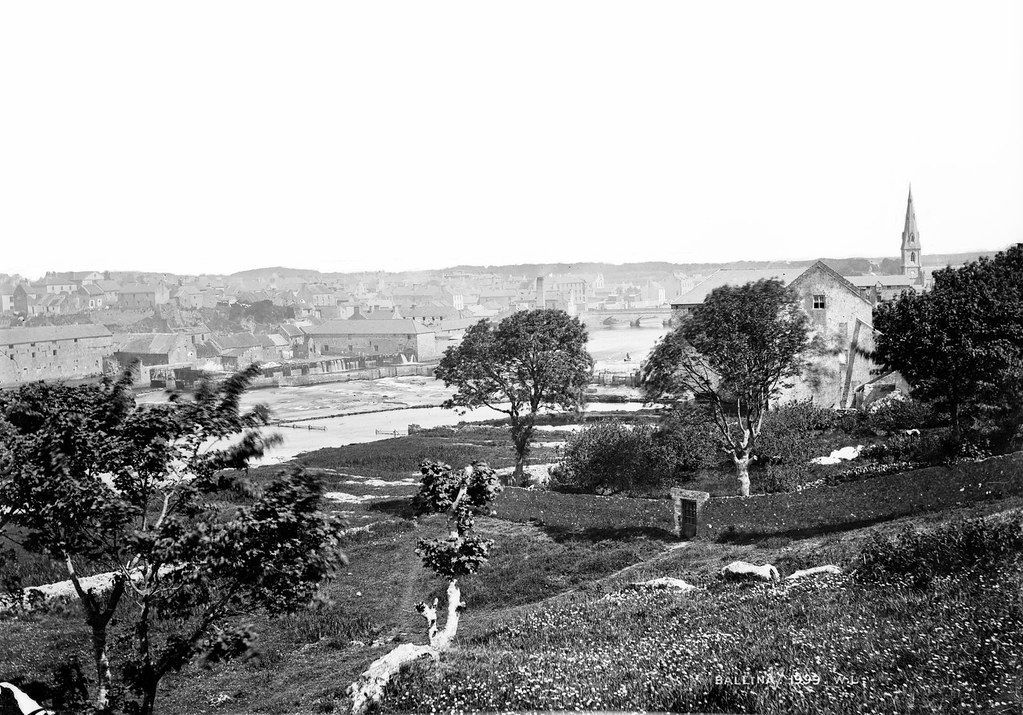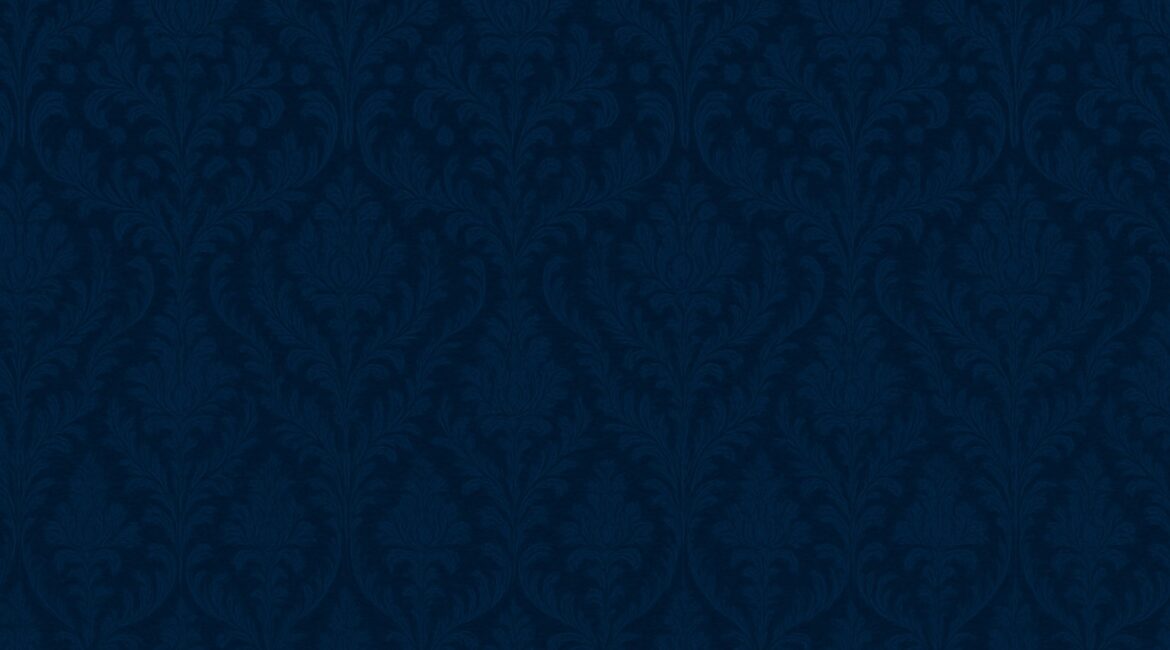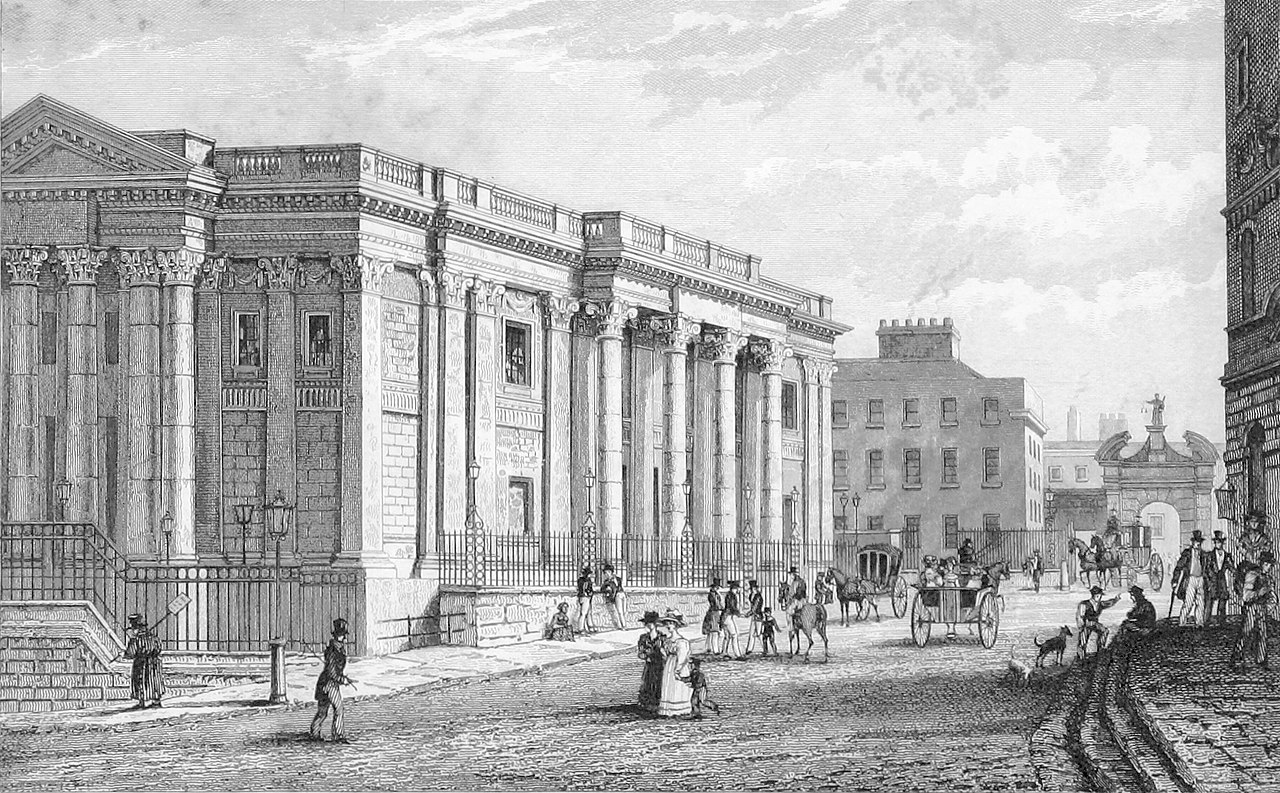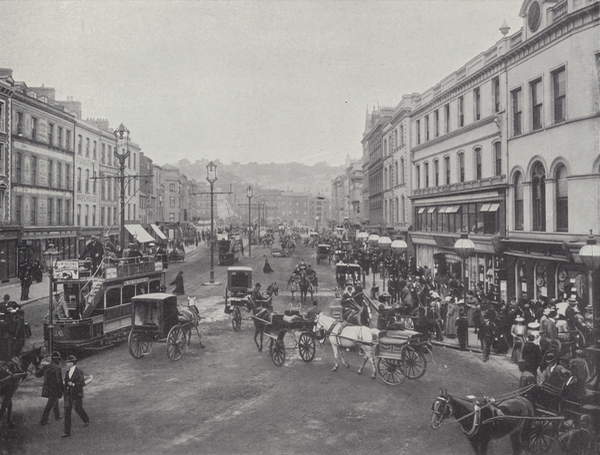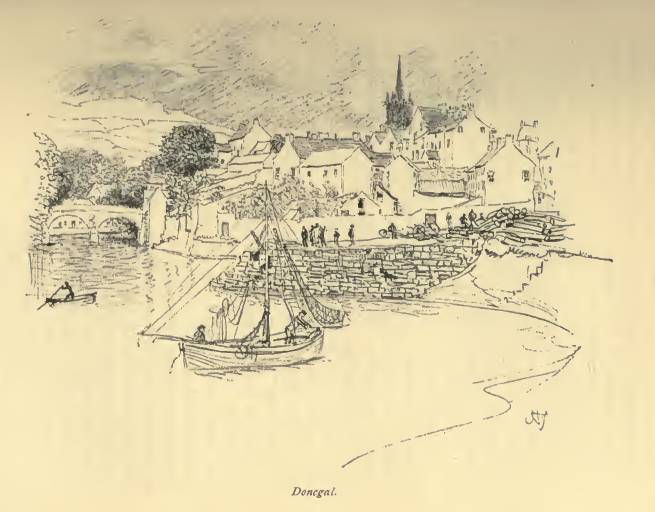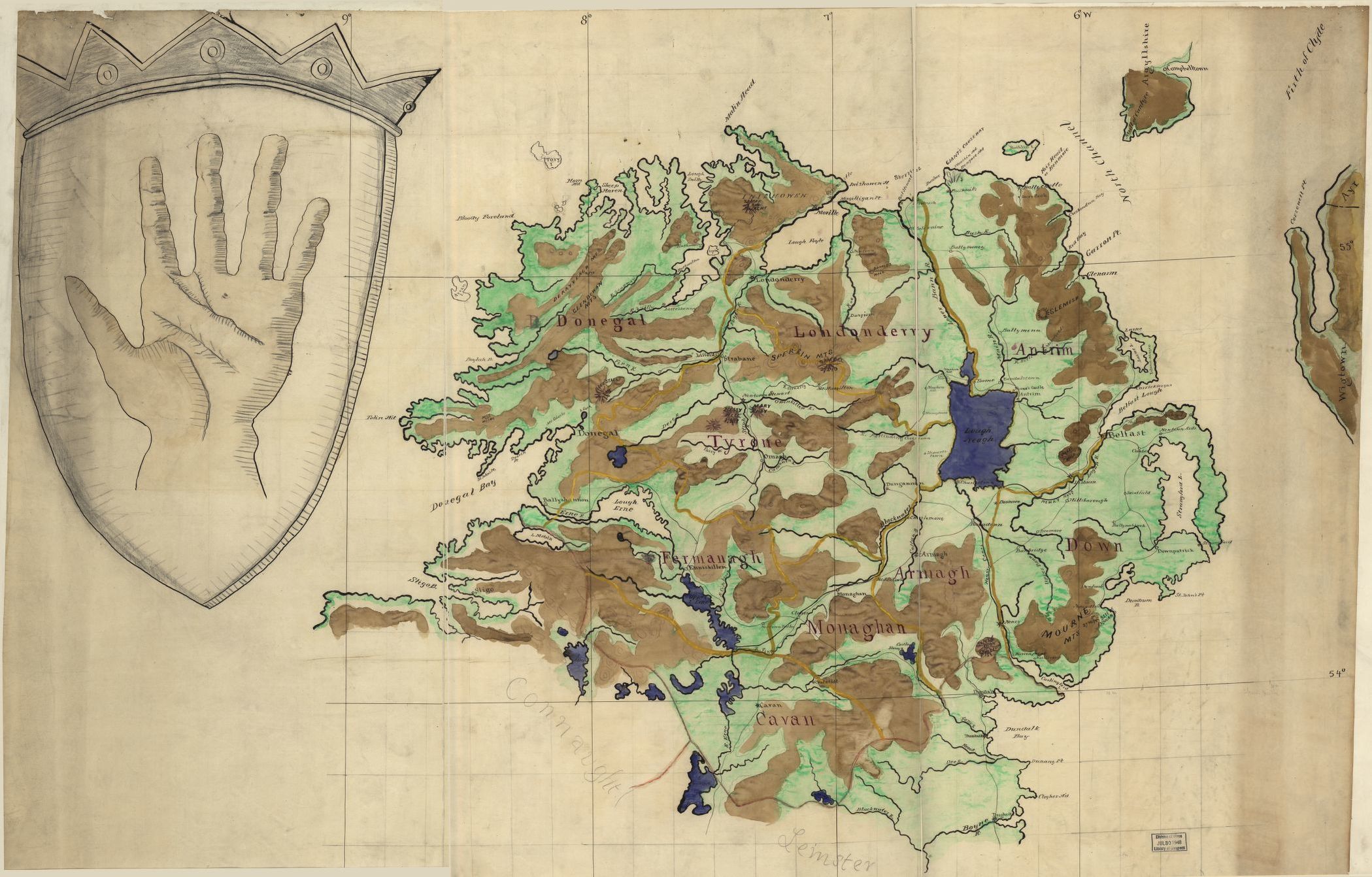The O'Keefe surname is of Irish origin. In Irish, the name is spelled "Ó Caoimh," which indicates a direct descent from a man named Caoimh. The clan was known for its nobility and power and made significant contributions to the history and culture of Ireland. Etymology and Meaning The surname...
Etched in Gaelic: The Irish History of the Sheehan Surname
The Sheehan surname is unmistakably Irish, originating from the native Gaelic clan Ó Síodhacháin, which was later Anglicised to its current form. It is one of the more common Irish surnames and has a long-standing presence in the country's history. Etymology and Meaning The Sheehan surname is derived from the...
The History of the Buckley Family Name
The Buckley surname is of Irish origin and has a rich history rooted in the cultural fabric of Ireland. The name is derived from the Gaelic term "Ó Buachalla," which originally denoted a herdsman or a cowherd. Etymology and Meaning Buckley is an anglicization of the Gaelic "Ó Buachalla." The...
Peeling Back Time: The Irish History of the Bell Surname
The surname Bell has roots in several European cultures, including French, English, and Scottish. In Ireland, it arrived through various means, including Anglo-Norman invasion and later Plantation settlements. Some native Irish also adopted the surname Bell during the process of Anglicisation. Etymology and Meaning The name Bell is thought to...
Tracing the Roots: The History of the Griffin Surname in Ireland
The Griffin surname is of ancient Irish origin. It was originally derived from the Gaelic personal name, "Gríobhtha", which later transformed into its Anglicized forms, primarily as Griffin, but also as Griffith in some areas. Etymology and Meaning The Gaelic "Gríobhtha" is formed from the elements "gríobh", meaning griffin (a...
The History of the Foley Family Name
The surname Foley is of Irish origin, with roots going back to the medieval period in Ireland. The name is derived from the Gaelic term "Ó Foghladha," which translates to "descendant of the plunderer." Etymology and Meaning The name Foley is an anglicization of the Gaelic "Ó Foghladha." The Gaelic...
The History of the Keogh Family Name
The surname Keogh originates from Ireland and is a derivative of the Gaelic name "Mac Eochaidh," which means "son of Eochaidh." The name is of ancient Irish origin and is commonly found throughout the country, with a particularly strong presence in the Leinster province. Etymology and Meaning In terms of...
The History of the Hamilton Family Name
The Hamilton surname, rich in historical significance, is believed to have originated in the British Isles, likely Scotland. However, it also has a deep-rooted history in Ireland, particularly in the Ulster province, due to the Scottish settlers during the Plantation of Ulster in the 17th century. Etymology and Meaning The...
The History of the McDonnell Family Name
The McDonnell surname has its roots in the rich Celtic culture of Ireland, more precisely from the Gaelic clan name Mac Domhnaill, which translates to "son of Donald." Etymology and Meaning The name Donald, or Domhnall in Gaelic, is derived from the elements "domno," meaning "world," and "val," meaning "rule."...
The History of the Casey Family Name
The Casey family name finds its origins in the ancient Celtic culture of Ireland. It is derived from the Gaelic O'Cathasaigh clan, which has its roots in the counties of Fermanagh, Cork, and Dublin. Etymology and Meaning The Gaelic word "Cathasach" means "watchful" or "vigilant." As such, the surname O'Cathasaigh...
The History of the Kane Family Name
The surname Kane is rooted in the Gaelic language and is primarily found in Ireland. It is derived from the original Gaelic form "O Cathain." Etymology and Meaning The Gaelic surname "O Cathain" means "descendant of Cathan," with "Cathan" itself being a personal name derived from "cath," which means "battle."...
The History of the Moran Family Name
The Moran surname is of Irish origin, and it is an Anglicized version of the Gaelic name "Ó Móráin." Etymology and Meaning "Ó Móráin" translates to "descendant of Mórán." The personal name Mórán is derived from a Gaelic word 'mor' meaning 'great' or 'large,' often used in the context of...
The History of the Barry Family Name
The Barry surname traces its origins back to the Norman invasion of Ireland in the 12th century. The name is one of the many brought to the country by Anglo-Norman settlers. Etymology and Meaning The Barry name is derived from the Norman personal name "de Barra," which is a patronymic...
Old photos of Rathmullan, Co. Donegal (in colour)
Thank to DeOldify/MyHeritage.com for providing the colour to these old photos.
The history of Clifden, Co. Galway
The name Clifden means 'An Clochán' in Irish, or 'Stepping Stones'. The town was founded at the start of the 19th century by John D'arcy (1785-1839) who lived in Clifden Castle (now in ruins). He inherited the estate when it was mostly used for fishing and farming. In 1820, a...
A brief history of Kilkee, Co. Clare
Kilkee, Co. Clare began as a small fishing village which gained popularity amongst the wealthy in Limerick who were unable to travel around Europe due to the Napoleonic Wars. Many of them visited Kilkee for its natural amenities and bathing areas. In the 1820s a paddle steamer service commenced from...
The history of Blackcave Tunnel, Larne, Co. Antrim
Learn more about the construction of the Antrim Coast Road by William Bald, and the famous Black Arch near Larne.
History of Capel Street, Dublin
Learn more about the history of Capel Street and its builder Sir Humphrey Jervis.
Glendenning Monument, The Octagon, Westport
The Glendenning monument was erected in 1845 to commemorate the memory of George Glendenning (1770-1843), a local land agent and wealthy banker. It's said the statue was erected not for the esteemed manner of his memory, but because he left a large sum of money in his will to have...
Lookout Post 79, Fanad Head, Co. Donegal
In the lead up to World War 2, the Irish Defense Forces set up a series of lookout posts called the 'Coast Watching Service'. 83 of these posts were placed along the coast every 5-15 miles and local volunteers called Coastwatchers kept an eye out. Coast Watchers used work in...
History of the Ramelton Bottling Stores, Co. Donegal
The Ramelton Bottling Stores were built around 1830 and extended over the years to the north along the quay. In the 18th and 19th century, Ramelton was a prosperous port with trade extending to Great Britain, North America, Norway and the Caribbean. There are accounts of ships from the Caribbean...
Tullymore Lighthouse, St. John’s Point, Donegal
Tullymore Lighthouse dates back to 1825 when the traders and merchants in Killybegs asked the Ballast Board for a navigation light on St. John's Point to help ships navigate their way to safe harbour. After some delays, the approval was given in 1829 to start construction. George Halpin Sr. was...
Liam Emery’s Celtic Cross, Killea, Co. Donegal
The Mystery of the Cross on the Hill In 2016 passengers on an aircraft approaching City of Derry Airport noticed an unusal sight on the Donegal hillside as they approach to land. A 100m tall cross on the hill was visible in the fields near Killea, and nobody knew how...
A look at Ballina in the 1840s
Ballina is a charming sea-port town, located in the Kilmoremoy parish, Tyrawley barony, Mayo county, and the province of Connaught. It's situated just about 17 miles to the north-east of Castlebar and roughly 125 miles west-north-west from Dublin. Its current population is about 5,313 people. Originally named Belleek, or "Ford...
A look at Abbeymahon in the 1840s
ABBEYMAHON, a parish, in the union of Bandon, barony of Ibane and Barryroe, county of Cork, andprovince of Munster, 1 1/2 mile (E. S. E.) from Timoleague; containing 3261 inhabitants. This parish issituated on the north-west side of Courtmacsherry bay, on the south coast. It formerly constituted part of the...
A look at Abbey, Co. Clare in the 1840s
ABBEY, a parish, in the poor-law union of Ennistymon, barony of Burren, county of Clare, and province of Munster; containing, with the post-village of New Quay, 1442 inhabitants. This place, which is situated on the road from Galway to Ennistymon. and on the shores of the harbour of New Quay...
Dublin City (in 1849)
DUBLIN, the metropolis of Ireland, a city, and a county of itself, in the province of Leinster; situated in 53° 21’ (N. Lat.) and 6° 17' (W. Lon.), 339 British miles (N. W.) from London; and containing, in the year 1841, 232,726' inhabitants, exclusively of a large number in suburbs...
A look at Cork City in the 1840s
Bridges in Cork CitySceneryCork Harbour Cork, a bustling coastal city, serves as both a county in itself and as the vibrant capital of County Cork, residing within the charming province of Munster. It's perched 51 miles southwest of Waterford and 126 miles in the same direction from Dublin, and is...
Donegal Town hiring fair
The day I got there the Diamond was full of people and of carts and cars tilted on their end; I counted over fifty of these vehicles. It was the big hiring fair. Boys and girls engage themselves to employers from the ayth of May to the 2oth of November,...
How Tyrone and Tirconaill (Donegal) got their names.
Tir Eoghan the province of Owen was once a great principality, which stretched its frontier from the west of Lough Erne across Lough Neagh to the shores of the Channel by Belfast. In the days when Irelandhad a fate of her own Tyrone was the country of the O'Neill. Centuries...

